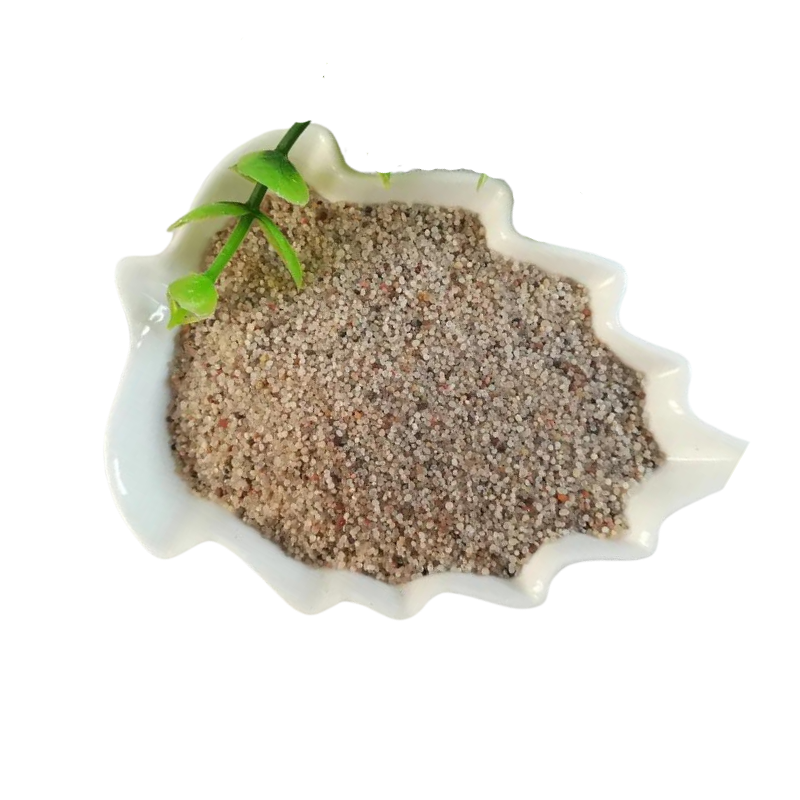
Is Talc Safe for Daily Use in Personal Care Products and Cosmetics for Everyone?
Is Talc Safe? Understanding the Controversies Surrounding Talc
Talc, a mineral composed primarily of magnesium, silicon, and oxygen, is commonly used in various consumer products, including cosmetics, personal care items, and even some pharmaceuticals. Its unique properties, such as moisture absorption, smooth texture, and ability to prevent caking, have made it a popular ingredient in products like baby powder, face powders, and deodorants. However, in recent years, concerns about the safety of talc have come to the forefront, leading to a significant debate surrounding its use.
Is Talc Safe? Understanding the Controversies Surrounding Talc
In response to these health concerns, several lawsuits have been filed against talc manufacturers, particularly those producing talcum powder. Notably, some high-profile cases have resulted in multimillion-dollar verdicts against companies, with plaintiffs alleging that long-term use of talc-based products contributed to the development of ovarian cancer. This claim has been fueled by studies suggesting a possible link between talc used in the genital area and ovarian cancer, although the evidence remains inconsistent and controversial.
talc is it safe

Given the mixed research findings, various health organizations have weighed in on the issue of talc safety. The American Cancer Society states that while some studies have suggested a potential risk, the evidence is not conclusive enough to determine a definitive link between talc use and cancer. Conversely, the World Health Organization’s International Agency for Research on Cancer (IARC) has classified talc as possibly carcinogenic to humans, particularly when it is contaminated with asbestos. This classification adds to the uncertainty surrounding the safety of talc, as it suggests potential risks that cannot be ignored.
Consumers are becoming increasingly aware of these debates, leading many to seek alternatives to talc-based products. As a result, the market for talc-free options has expanded significantly. Many companies are now formulating their products with safer alternatives, such as cornstarch, arrowroot powder, and baking soda. These alternatives provide similar benefits without the associated health risks of talc.
When considering whether talc is safe for personal use, consumers should undertake a few key steps. First, it is crucial to read product labels carefully and look for indications that the talc has been tested for asbestos contamination. Additionally, individuals should consider their usage patterns—if talc is being applied in areas where inhalation or absorption might occur, such as the genital region, it may be prudent to explore safer alternatives.
In conclusion, the safety of talc remains a contentious issue. While talc itself is not inherently dangerous, the potential for contamination with asbestos and the ongoing legal battles highlight the need for caution. Those who use talc-containing products should stay informed and consider opting for alternatives, especially given the increasing availability of talc-free options in the market. As research continues to evolve, consumers must remain vigilant and make choices that prioritize their health and well-being.
Share
-
Premium Pigment Supplier Custom Solutions & Bulk OrdersNewsMay.30,2025
-
Top China Slag Fly Ash Manufacturer OEM Factory SolutionsNewsMay.30,2025
-
Natural Lava Rock & Pumice for Landscaping Durable Volcanic SolutionsNewsMay.30,2025
-
Custom Micro Silica Fume Powder Manufacturers High-Purity SolutionsNewsMay.29,2025
-
Custom Mica Powder Pigment Manufacturers Vibrant Colors & Bulk OrdersNewsMay.29,2025
-
Custom Micro Silica Fume Powder Manufacturers Premium QualityNewsMay.29,2025






